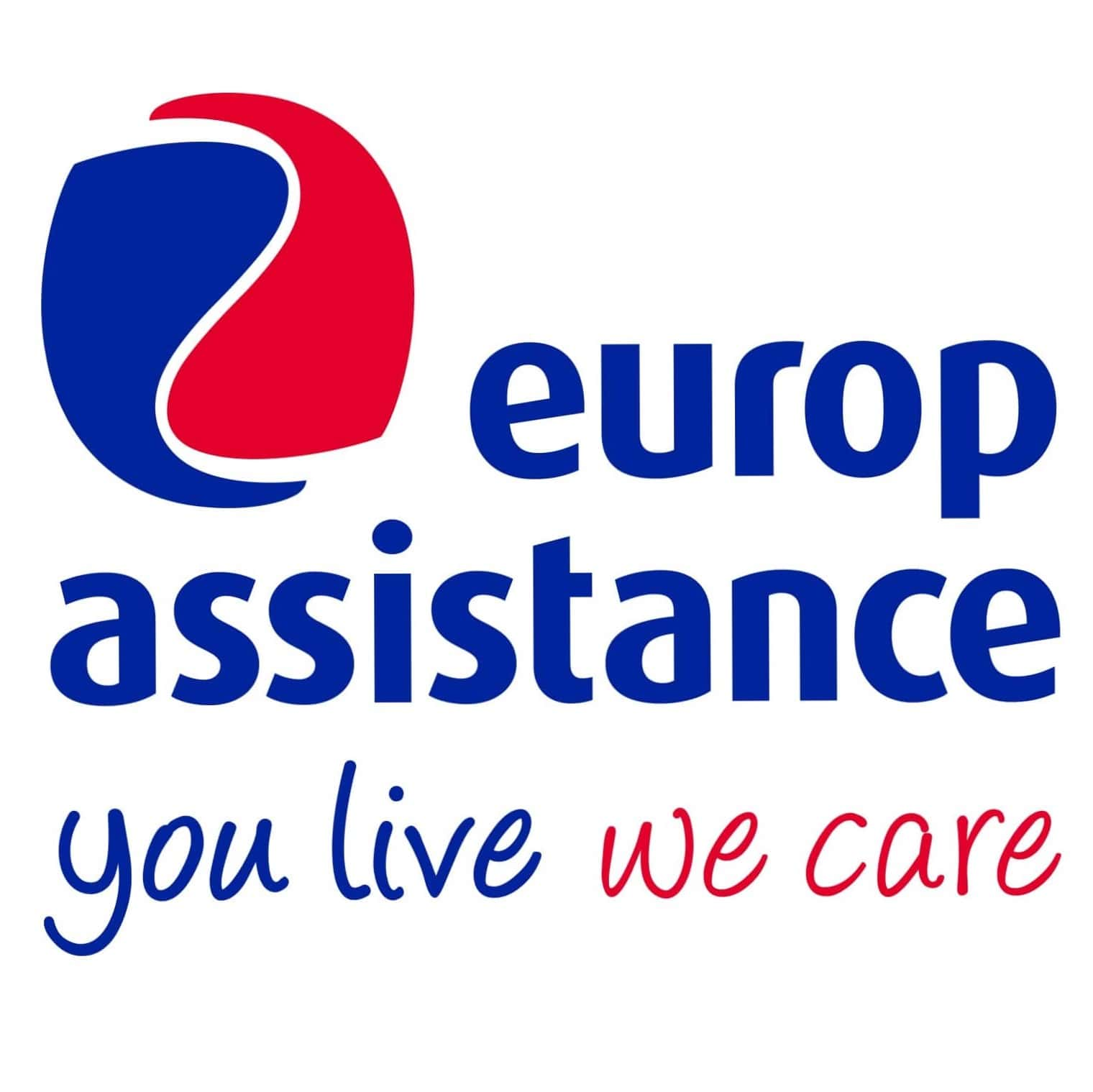Schengen : when do you need a visa?
Nationality, length and reason of stay…. See if you need a visa to travel to the Schengen Area.

Travel to the Schengen Area: when do you need a visa?
Are you planning to travel to the Schengen Area? Find out here whether you need a visa depending on your country of origin, reason and length of stay.
Schengen Area travel: what countries are in the Schengen Area?
Let’s start by defining the Schengen Area. This first step is essential, because the Schengen Area is not exactly the same as the European Union and does not include all countries on the European continent. The Schengen visa authorises travel only to Schengen Area countries. The definition is: the Schengen Area is an area of free movement without border controls that comprises 26 countries (22 of the 27 countries of the European Union and 4 Associated States). They are:
- Austria
- Belgium
- Czech Republic
- Denmark
- Estonia
- Finland
- France
- Germany
- Greece
- Hungary
- Iceland
- Italy
- Latvia
- Liechtenstein
- Lithuania
- Luxembourg
- Malta
- Netherlands
- Norway
- Poland
- Portugal
- Slovakia
- Slovenia
- Spain
- Sweden
- Switzerland
The Schengen Area also de-facto includes four European micro-states: Monaco, San Marino, the Vatican and Gibraltar.
To travel to one or several of these countries, you will need to apply for a Schengen visa. However, not all foreign countries need a Schengen visa. Below, see who needs a Schengen visa to travel to the Schengen Area and who is exempt.
Schengen Area travel: who needs a short stay visa (type C)?
The short stay visa (type C) authorises travel to the Schengen Area for up to 90 days for the following reasons: business, family visit, short educational programme, internship and carrying out a paid activity. Depending on the number of entries and validity of the granted Schengen visa, these 90-day periods may be renewed.- How do I know if I need a short stay Schengen visa? Would you like to travel to the Schengen Area? Check if you need a Schengen visa using Visa Assistance from France-Visas. All you need to do is fill in some information on: your situation: nationality, age, spouse or family of a Schengen Area citizen your trip: place of residency, primary destination of trip, type of visa requested (airport transit, short or long stay) your travel document: the granting authority of the travel document. Here, you will learn if you need a visa or not. If you apply for your Schengen visa with the French authorities, you can continue filling out the online form, indicating your reason for travel in the Schengen Area. You will then receive the list of documents to provide in your application. If you apply for your visa with another Schengen Area country, ask the competent authorities of this country for the list of documents to provide with your Schengen visa application.Which countries are exempt from the short stay Schengen visa? There are currently 62 countries that can travel to the Schengen Area without applying for a Schengen visa in advance: - Albania - Andorra - Antigua-and-Barbuda - Argentina - Australia - Bahamas - Barbados - Bosnia and Herzegovina - Brazil - Brunei - Canada - Chile - Colombia - Costa Rica - Dominica - El Salvador - Georgia - Grenada - Guatemala - Honduras - Hong Kong - Israel - Japan - Kiribati - Macau - Macedonia - Malaysia - Marshall Islands - Mauritius - Mexico - Micronesia - Moldova - Montenegro - New Zealand - Nicaragua - Palau - Panama - Paraguay - Peru - Saint Kitts and Nevis - Saint Lucia - Saint Vincent and the Grenadines - Samoa - Serbia - Seychelles - Singapore - Solomon Islands - South Korea - Taiwan - Timor Leste - Tonga - Trinidad and Tobago - Tuvalu - Ukraine - United Arab Emirates - United Kingdom - United States of America - Uruguay - Vanuatu - Venezuela.
he citizens of these countries are exempt from Schengen visas, but they must have a valid passport to enter the Schengen Area. Once arrived, like holders of short stay Schengen visas, they can only stay 90 days in the Schengen Area over a 180-day period. Finally, starting in 2022, citizens of these countries must apply for an ETIAS authorisation to travel to the Schengen Area, even for a short stay.
Schengen Area travel: who needs a long stay visa (type D)?
Whether your country of origin has signed a bilateral accord with the Schengen Area countries or not, you still must apply for a visa if you wish to stay in the Schengen Area for more than 90 days (3 months). This long stay Schengen visa is also called a type D Schengen visa and includes different types of Schengen visas valid for 4 to 12 months, including: - the long-stay visa equivalent to a residence permit (VLS-TS) - the long-stay visa with obligation to apply for a residence permit within 2 months of arrival - the working holiday visa - the school-going minor visa in France and the temporary long-stay visa. To learn more, visit our page: “What are the different types of Schengen visas?".
Tweet